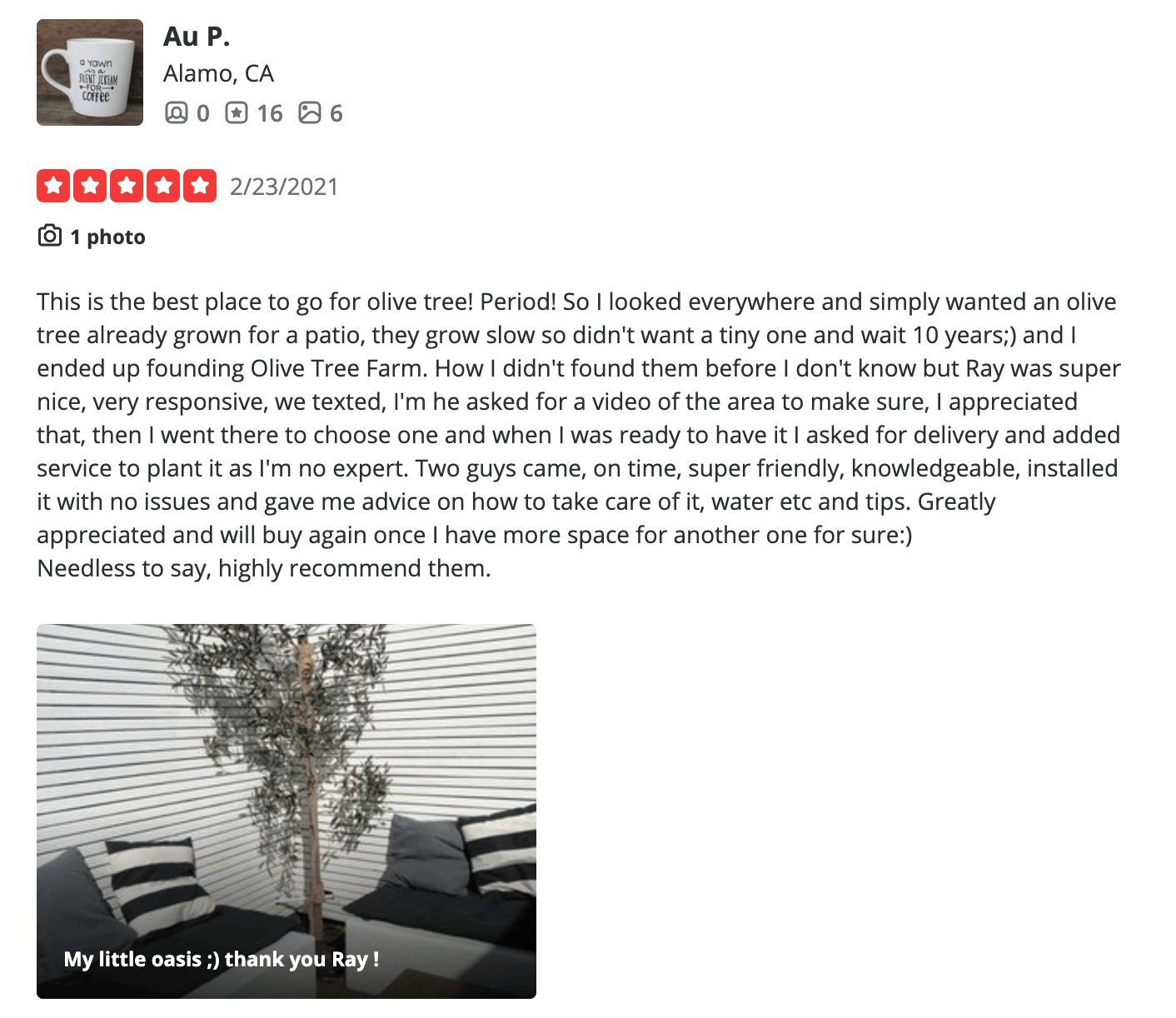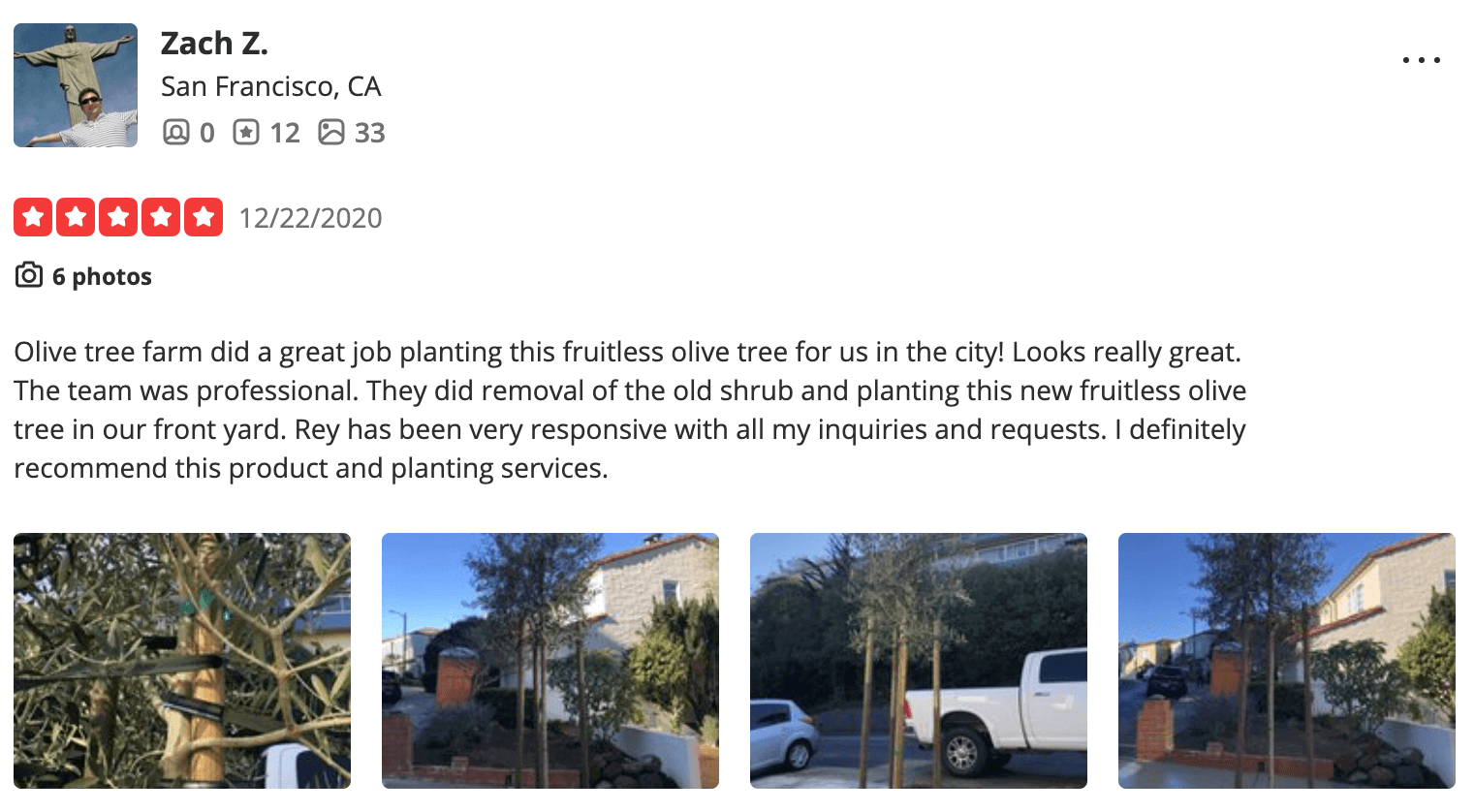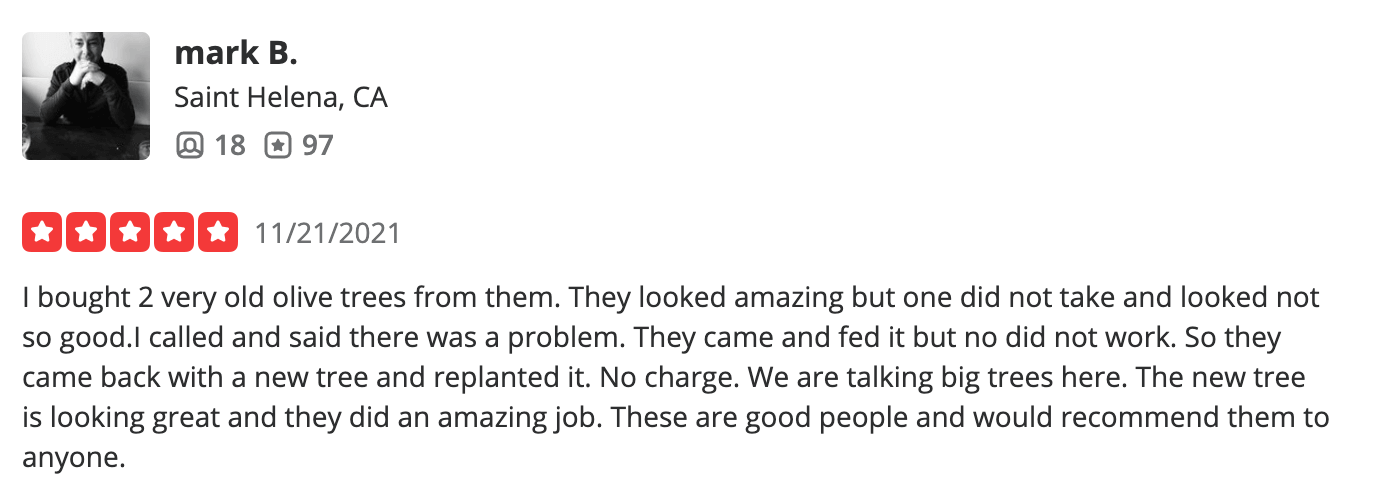Maurino Olive Tree
Maurino olive trees originated in Tuscany and are known for their sweet and delicate oil and their ability to withstand low temperatures, making them excellent for colder areas and dense plantings. It’s an excellent pollinator, but it’s self-sterile, so it needs another tree’s assistance (often Leccino, Frantoio, or Pendolino). Its fruit is small, but it produces an abundance of it, much like the Pendolino variety. Furthermore, both cultivars have a very similar appearance and have beautiful, pendulous branch forms, making them a good match for each other.
- Fruiting Specimen
- Bloom (Late Spring)
- Medium Vigor
- Color (Gray-Green)
- Olive Oil (Sweet)
- Landscape and Commercial
Care and Maintenance
Maurino can be grown in cold, humid climates prone to foggy weather conditions. Besides that, it grows well in most ordinary well-drained, slightly alkaline soils and is quite adaptable. The yield is increased when planted close to another olive variety, such as Leccinos, Pendolinos, or Frantoios. Water deeply and often over the first few growing seasons to help the plant build a strong root system. Once established, lessen the frequency of application; it is drought tolerant. Yet, protect young plants (or freshly transplanted Maurino) from weather extremes.
| Quick Facts | |
| Origin | Italy |
| Scientific Name | Olea Europaea ‘ Maurino’ |
| Family | Oleaceae |
| Tree Type | Fruiting Specimen |
| Common Names | The Olive Tree, Olea Europaea, Maurino |
| Height | (Insert) |
| Toxicity | Non Toxic |
| Light | Full Sun |
| Watering | Drought-Tolerant |
| Soil | Well-Drained-Nutrient Poor Soil |
| Hardiness | Hardy down 5 to 12 °F |
| Foliage | Gray-Green |
| Growth | Medium Vigor |
| Olive Oil | Sweet |
Don’t Take Our Word, Hear What Our Customers Say!



Interested? We’d love to hear from you!
Call us at 707-732-6152 for a free consultation!
Looking for something else? We might have it for you...
Arbequina Olive Trees
Arbosana Olive Trees
Ascolana Tenera Olive Trees
Cerignola Olive Trees
Coratina Olive Trees
Itrana Olive Trees Kalamata Olive Trees
Koroneiki Olive Trees
Leccino Olive Trees
Little Ollie Dwarf Olive Trees
Majestic Beauty Olive Trees
Manzanillo Olive Tree
Maurino Olive Tree Mission Olive Tree
Pendolino Olive Trees
Picholine Du Gard Olive Trees
Picual Olive Trees
Sevillano Olive Trees
Swan Hill Olive Trees
Wilsonii Olive Trees
Zitoun Olive Trees